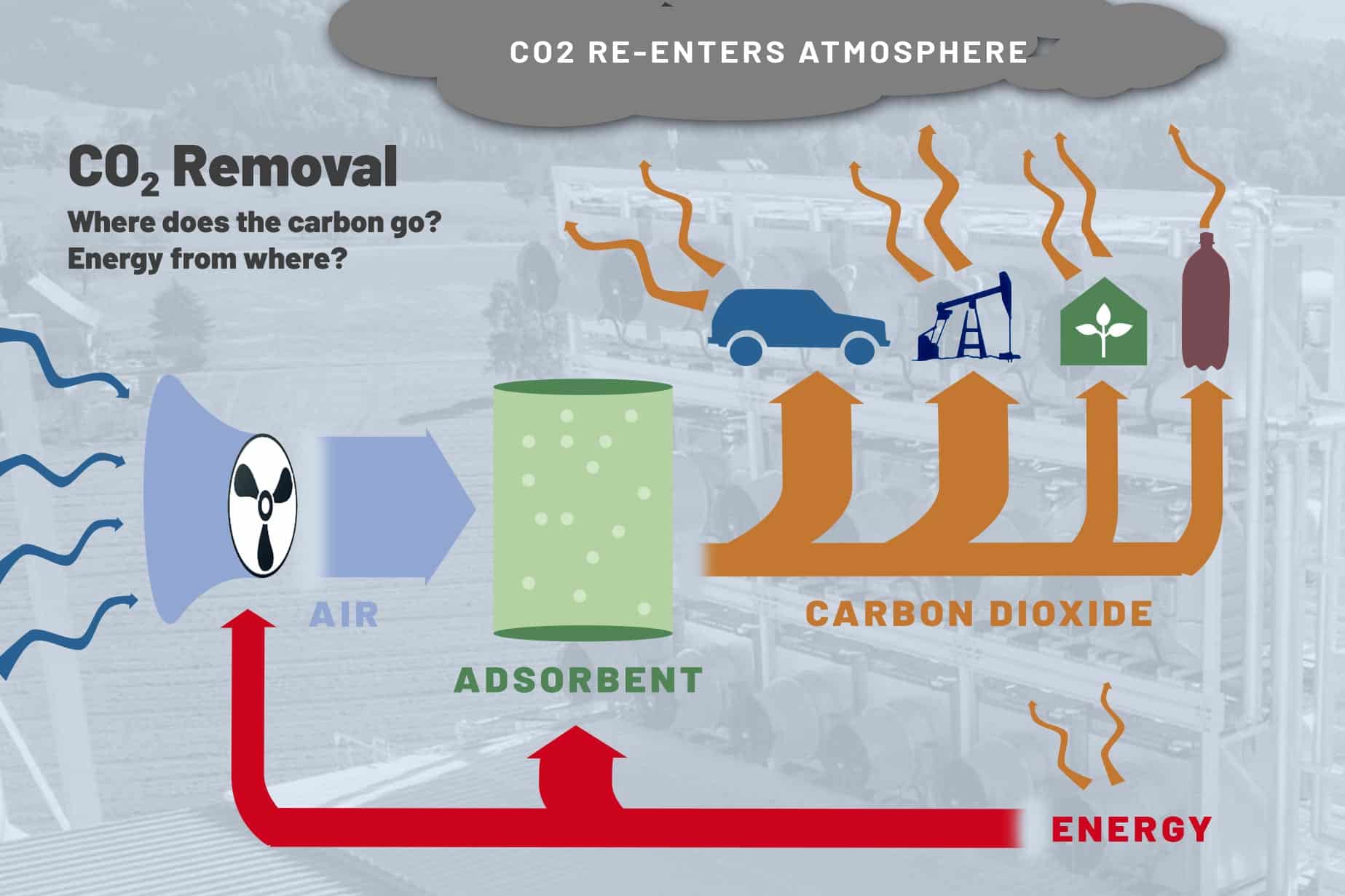
Image Source: Google
Climate change is one of the most pressing issues of our time, and finding innovative solutions to mitigate its effects is crucial. One emerging technology that holds promise in the fight against climate change is Direct Air Capture (DAC). By capturing carbon dioxide directly from the atmosphere, DAC technology offers a way to reduce greenhouse gas emissions and help combat global warming. In this article, we will explore the future of climate change mitigation through the lens of Direct Air Capture technology.
The Basics of Direct Air Capture
Direct Air Capture is a process that involves removing carbon dioxide from the air using various chemical and mechanical methods. The captured CO2 can then be stored underground or used for industrial purposes, effectively reducing the amount of greenhouse gases in the atmosphere. Here are some key points to understand about Direct Air Capture:
How it Works
- DAC technology uses large fans to draw in air, which is then passed through a chemical solution that captures the carbon dioxide molecules.
- Once the CO2 is captured, it can be stored in geological formations deep underground or converted into products such as synthetic fuels or building materials.
Benefits of Direct Air Capture
- Helps reduce greenhouse gas emissions and combat global warming.
- Can be deployed at scale to capture large amounts of CO2 from the atmosphere.
- Provides a way to remove CO2 from hard-to-decarbonize sectors such as aviation and agriculture.
The Future Outlook for Direct Air Capture
As countries around the world work towards meeting their climate targets and reducing emissions, Direct Air Capture technology is gaining attention as a potential solution to help achieve these goals. Here are some factors that will shape the future outlook for DAC:
Technological Advances
Advancements in DAC technology are making the process more efficient and cost-effective, paving the way for widespread adoption. Researchers are exploring new materials and methods to improve the capture efficiency and reduce energy consumption in the DAC process.
Policy Support
Governments and international organizations are increasingly recognizing the importance of DAC in climate change mitigation efforts. Policymakers are exploring ways to incentivize the deployment of DAC technology through carbon pricing mechanisms and subsidies for carbon removal projects.
Industry Collaboration
Collaboration between the public and private sectors is essential for scaling up Direct Air Capture technology. Industry players are investing in research and development to commercialize DAC solutions and integrate them into existing carbon mitigation strategies.
Challenges and Opportunities
While Direct Air Capture shows great potential as a climate change mitigation tool, there are still challenges to overcome. Here are some key challenges and opportunities associated with DAC technology:
Cost and Efficiency
- One of the main challenges facing DAC technology is the high cost of capturing carbon dioxide from the air. Innovations in materials and processes are needed to improve the efficiency of DAC systems and reduce costs.
Scale and Deployment
- Scaling up Direct Air Capture technology to capture significant amounts of CO2 requires large infrastructure investments and coordination among stakeholders. Identifying suitable sites for CO2 storage and ensuring safe deployment are key considerations.
Public Awareness and Acceptance
- Engaging the public and raising awareness about the benefits of DAC technology is essential for its widespread acceptance. Building trust and addressing concerns about environmental impacts is crucial for the successful deployment of DAC projects.
Conclusion
Direct Air Capture technology has the potential to play a significant role in climate change mitigation efforts by removing carbon dioxide from the atmosphere and helping reduce greenhouse gas emissions. As technological advancements continue and policymakers support the deployment of DAC solutions, we can look towards a future where Direct Air Capture contributes to a more sustainable and resilient planet.

